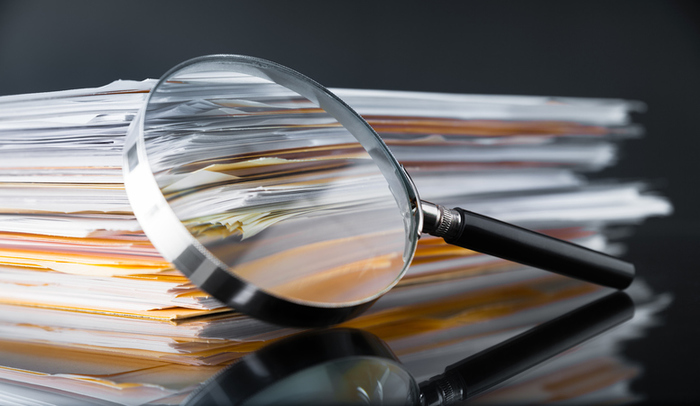You’ve received discovery responses from opposing counsel, so what’s your next step? Since you’re a paralegal extraordinaire, you know that you’ll only have 45 days to file and serve your motion to compel. It’s time to get cracking.
If you received a data dump, draft a letter or an email for your attorney to send to opposing counsel reminding them of their duty under CCP §2031.280(a). Specifically, “Any documents or category of documents produced in response to a demand for inspection, copying, testing, or sampling shall be identified with the specific request number to which the documents respond.” Be sure when requesting opposing counsel re-produce in a code compliant manner, you also request an extension of your deadline to file and serve your motion to compel.
Although it’s best practice to Bates label all productions, it’s not uncommon to receive documents that aren’t numbered. You may want to Bates the other side’s production and send it back to them requesting they confirm these are the documents produced.
Once you have a code compliant response, be sure to calendar, (if you haven’t already), your deadline to file a motion. You should also calendar a deadline to issue a meet and confer letter. Although there is no hard and fast deadline, you need to give yourself enough time to prepare the motion to compel and opposing counsel enough time to correct any deficiencies in his or her response. I try to prepare a draft meet and confer letter for the attorney to review within 14 days of receiving a production, but depending on the size of the production and the number of cases you’re juggling, this may not be realistic for you. Just be sure that you have time blocked for you and the attorney to review.
It’s important to begin your review as soon as possible to ensure you have enough time to meet deadlines. As you are doing the initial review of documents, create a document to catalog what was produced and what is missing. You should also note lines for further investigation. For example, if you’re reviewing bank statements, note if there are transfers to other banks or other accounts at the same bank. If you’re not seeing statements from those accounts, be sure to alert your attorney as this may require additional discovery.
When drafting your meet and confer correspondence, keep in mind the requirements for a separate statement. Use that as a framework for your meet and confer and you’ll have saved yourself a lot of time if you have to file your motion to compel.
Finally, be sure to save all correspondence between the attorneys relating to extensions of time to respond and extensions for filing a motion to compel. You’ll likely have to re-calendar all related deadlines multiple times and it can be easy to lose track of the sequence of exchanges. If you’re calendaring system has the capacity for notes and attachments, be sure to note original due date, dates when new agreements were reached, new production dates, etc. and attach the related correspondence.
Discovery is certainly tedious, but organization and diligence is the key to avoiding mistakes and setting your attorney up for success.

Karin Buckley is a paralegal at Van Voorhis and Sosna, LLP, a family law firm in San Francisco, CA, and is an instructor of Family Law for the Paralegal Studies Program at San Francisco State University.


